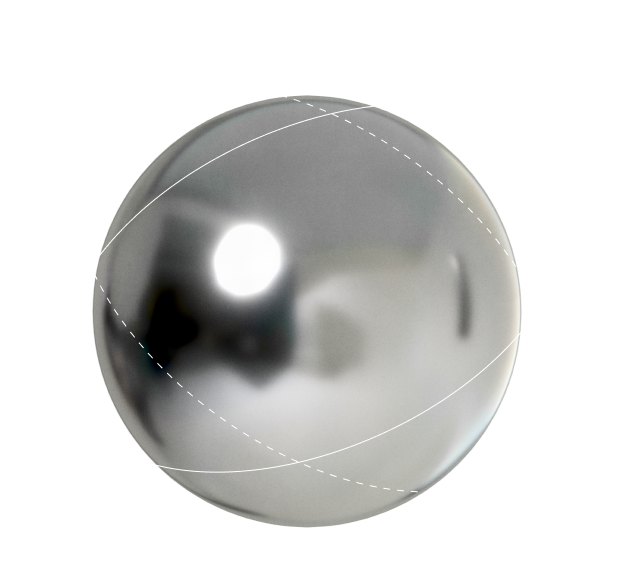STANDARDS
Overview of standards for balls
Precision balls are widely used in various applications, including bearings, valves, pumps, measuring instruments, guidance systems, hydraulics, but also for grinding and polishing, or for applications in the gas and oil industry. To ensure that balls meet the correct specifications and performance, several international and national standards have been established. Below is an overview of the most important standards for balls.
1.
ISO 3290
The ISO 3290 standard specifies the requirements for dimensional accuracy, shape deviations and roughness of balls for bearings and other applications. This standard also defines different quality levels for bullets, which are based on the maximum deviation from the diameter.
2.
AFBMA
The AFBMA standard is an American standard that is common worldwide. The standard specifies the requirements for dimensional accuracy, shape deviations and roughness of balls for bearings and other applications. This standard also defines different quality levels for balls, which are based on the maximum deviation of the diameter.
3.
DIN 5401
DIN 5401 is a German Industry Standard that specifies ball requirements for bearings and other precision applications. This standard defines the nominal diameter, the maximum deviation from the diameter, the roughness of balls. DIN 5401 also includes different quality levels, which are based on the maximum deviation of the diameter.
The above standards are just a few examples of the international and national standards applicable to bullets. By adhering to these standards, manufacturers and users can ensure that chrome steel balls have the desired accuracy and other performance properties needed for their application.



